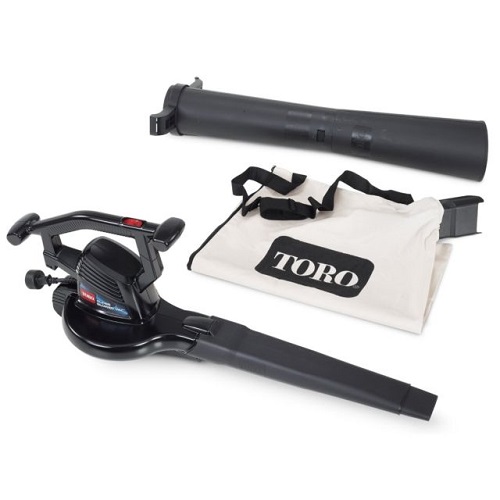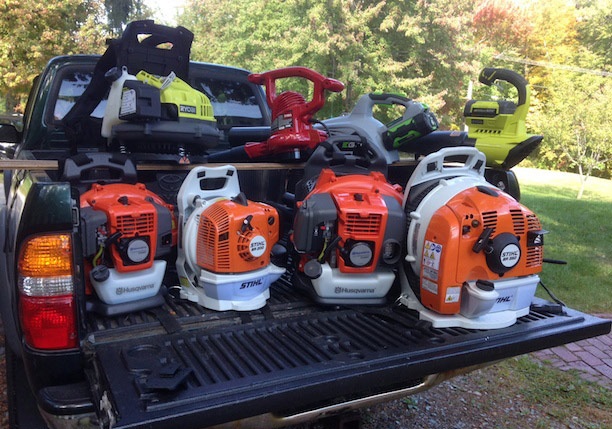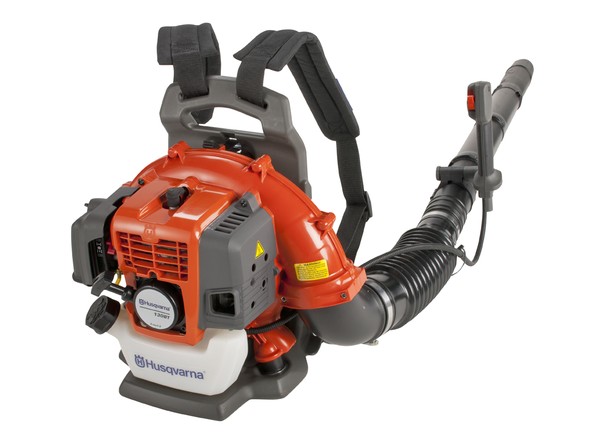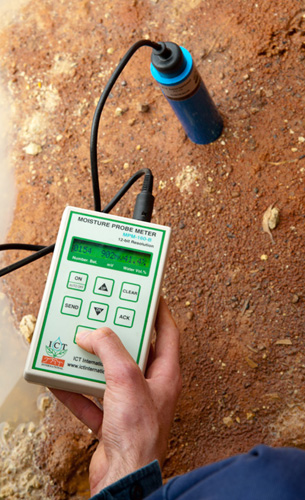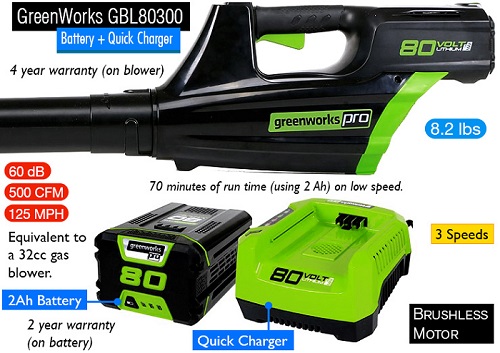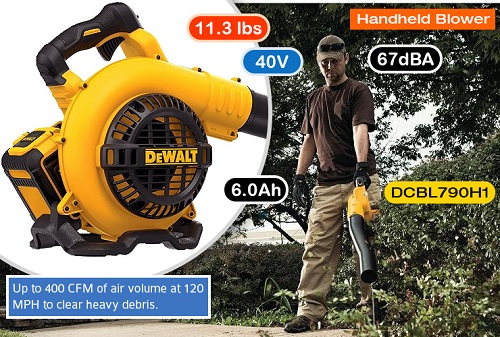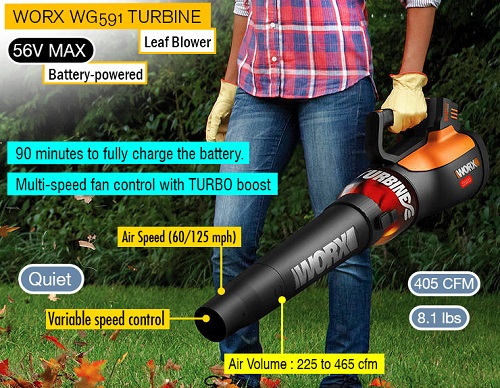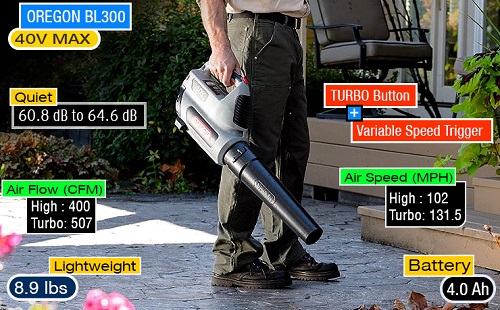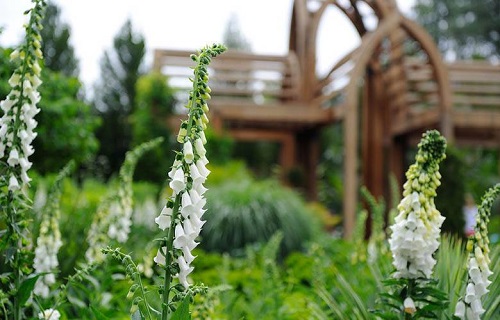Electric leaf blowers have certain differences compared to gas leaf blowers. It provides people with the benefits of cleaning yards, gardens, lawns especially during fall (September or October). It eliminates leaves completely. There are currently two types of electric leaf blowers, battery-operated and power-operated. However, their effect is the same. Here are the advantages of electric leaf blowers:
1. Light weight
Electric leaf blowers are generally lighter than gas leaf blowers. Because it has no gasoline engine attached. It is much lighter than gas leaf blowers. Also, the noise level it creates is small so it does not opiate neighbors.
2. The performance of electric leaf blowers is not inferior to the backpack leaf blower
Electric backpack leaf blowers on the market still have enough power to do the hard work. It works on large areas thanks to its large capacity. It is capable of blowing wet leaves and small branches. So you do not need to have a replacement gas leaf blower. The price of an electric leaf blower is also cheaper, it is only about $ 30 to $ 100
3. Easy maintenance
One of the advantages that electric leaf blowers bring is low maintenance costs and easy maintenance. It’s different from a gas leaf blower, all you need to do to maintain an electric leaf blower is to keep the appliance clean and remove dirt from the bellows. You should also clean the motors to make them work better.
4. Equipped with many features
An electric leaf blower is equipped with many useful features like high capacity, vacuum mulcher feature, better mulch ratio of ½ inch. Also the ability to minimize the noise level. It is affordable and available in the market.
5. Easy to use
The electric leaf blender is easy to use, it does not require mixing the formula like gas leaf blower. It does not have a gas engine. Moreover, you also do not have to face an engine that emits environmental pollutant emissions, and loud noise. However, you still need to wear protective equipment such as eyeglasses, ear muffs, etc.

